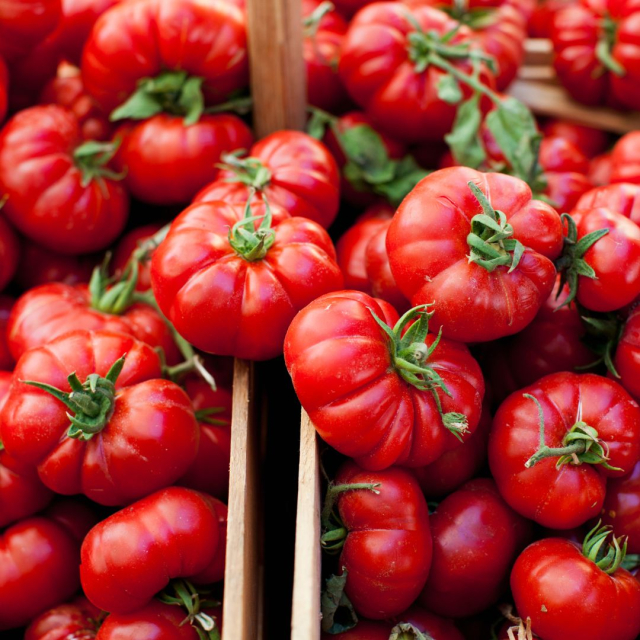Fairs and festivals in Spain are a vibrant manifestation of local culture, combining ancient traditions with community celebration. Each region, city and town has its own festivities, which are often rooted in history, religion and agriculture.
January
The new year in Spain begins with various celebrations and local festivities that reflect the cultural diversity of the country. One of the most notable is:
Three Kings Parade (January 5): This is one of the most anticipated festivities for Spanish children. The Three Wise Men arrive on horseback to many cities and towns in Spain, distributing gifts and sweets to the crowd.
February
February marks the beginning of some traditional and carnival festivities that are celebrated throughout the country. Some of them include:
Cádiz Carnival (February-March): Known as one of the most famous carnivals in Spain, the Cádiz Carnival is an explosion of music, costumes and political satire. The chirigotas and comparsas fill the streets of the city with their ingenuity and talent.
March
March brings with it a mix of religious festivities and unique cultural events in different regions of Spain. They stand out:
Las Fallas de Valencia (March 15 to 19): This festival is known internationally for its enormous papier-mâché sculptures, called "fallas," which are burned at the end of the event. The streets of Valencia are filled with color, music and gunpowder for five days.
April
April is a month full of religious celebrations and traditional festivities that mark the arrival of spring. Among them are:
Holy Week (variable date): Celebrated with great religious fervor throughout Spain, Holy Week is especially notable in cities such as Seville, Malaga and Valladolid, where the religious processions and steps are impressive in their solemnity and devotion.
May
May brings with it the celebration of spring and some festivities that highlight Spanish cultural tradition. Between them:
Seville April Fair (end of April-beginning of May): Although technically held in April, the Seville April Fair extends until the first days of May. This fair is known for its booths, where people dance, sing and enjoy Andalusian cuisine.
June
The beginning of summer in Spain is celebrated with various festivities that mix the religious and the pagan. Some of the most notable are:
Corpus Christi (variable date): Celebrated throughout Spain, Corpus Christi is especially known in Toledo and Valencia for their flower carpets and religious processions that decorate the streets.
July
July is a month full of popular festivals and festivals that attract locals and tourists alike. Among them:
San Fermín (July 6 to 14): Celebrated in Pamplona, this festival is famous for its bull running and the festive atmosphere that fills the city for a week.
August
August is the month of patron saint festivities and summer celebrations throughout Spain. Some of the most notable festivities include:
La Tomatina (last Wednesday in August): In the town of Buñol, near Valencia, thousands of people participate in a tomato battle. This festival is known worldwide for its unique and fun character.
September
September brings with it the end of summer and the beginning of some traditional festivities. Between them:
Harvest Festival (September): Celebrated in several wine regions such as La Rioja and Jerez, the Harvest Festival celebrates the harvest of grapes with events, competitions and wine tastings.
October
October marks the beginning of autumn with festivities that reflect local culture and regional traditions. Between them:
Fiesta del Pilar (October 12): Celebrated in Zaragoza, this festival honors the Virgen del Pilar with processions, concerts and cultural events that fill the streets of the city.
November
November brings with it some important celebrations, especially of a religious and cultural nature. Between them:
All Saints' Day (November 1): This day is celebrated throughout Spain by visiting cemeteries to honor the deceased with flowers and prayers.
December
December is the month of Christmas celebrations and other festivities that end the year. Between them:
New Year's Eve (December 31) : Throughout Spain, New Year's Eve is celebrated with parties and fireworks. At Madrid's Puerta del Sol, the tradition of lucky grapes marks the end of the year with the striking of the clock.
Each festival has its own charm and distinctive characteristics, ensuring unforgettable experiences for those who participate in them, whether locals or visitors from around the world.
